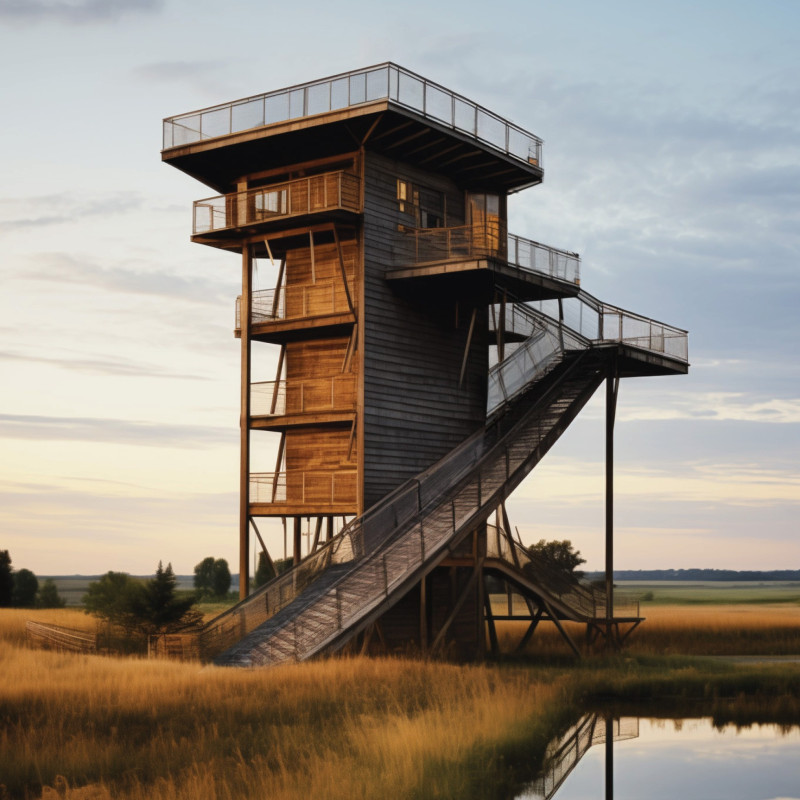5 key facts about this project
At its core, this project functions as a multi-purpose facility, catering to various community activities and needs. The design embraces open spaces to facilitate interaction, encouraging social cohesion among users. Large communal areas are purposefully incorporated to accommodate gatherings, while smaller, private spaces offer settings for introspection or focused tasks. The strategic arrangement of these spaces promotes a fluid circulation, enabling occupants to traverse the building intuitively.
One of the remarkable aspects of the architectural design is its emphasis on natural light and ventilation. Expansive windows and strategically placed openings allow daylight to permeate deep into the interior, creating bright and inviting environments. This connection to natural light enhances the overall ambiance and improves the well-being of those who occupy the space. Additionally, the design incorporates sustainable building practices, such as passive solar orientation and energy-efficient systems, which contribute to a reduced environmental footprint.
In terms of material selection, the project makes use of locally sourced materials that not only reflect the regional character but also resonate with climatic conditions, ensuring durability and thermal efficiency. The combination of warm wood finishes with robust stone elements creates a tactile experience that aligns with the project's vision of comfort and solidity. Concrete provides structural stability while offering flexibility in design, allowing for innovative shapes and forms that enhance the overall architectural expression.
Unique design approaches are prevalent throughout the project, particularly in the way it addresses community engagement. Outdoor spaces are carefully integrated into the overall design, creating a seamless transition between the indoors and outdoors. These exterior areas serve not only as extensions of the interior spaces but also as venues for community events, art installations, or landscaped gardens that foster connection with nature. This thoughtful interaction between architecture and landscape reinforces the project’s commitment to enhancing community life.
Moreover, the architectural layout considers accessibility, ensuring that all individuals can navigate the space comfortably. Ramps, wide corridors, and well-marked pathways contribute to an inclusive environment where architecture serves its users without barriers.
The attention to detail is evident in the architectural design elements, from the choice of fixtures and furnishings to the careful integration of technology that enhances user experience. Smart building systems are employed to regulate energy consumption and enhance comfort levels, demonstrating a commitment to modern living standards without compromising on design integrity.
By focusing on sustainable practices, community interaction, and a blend of solid materials, this architectural project stands as a testament to contemporary design principles while responding to the needs of its users. As you explore the project presentation, consider examining the architectural plans, architectural sections, and various architectural designs that further elucidate the innovative ideas embedded within this project. Each element encapsulates a vision for the future of community-oriented architecture that respects both its environment and its inhabitants.


























